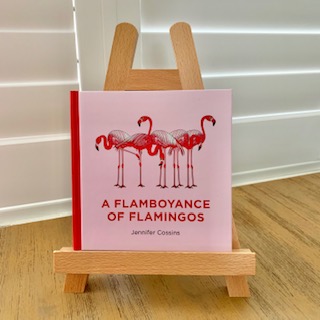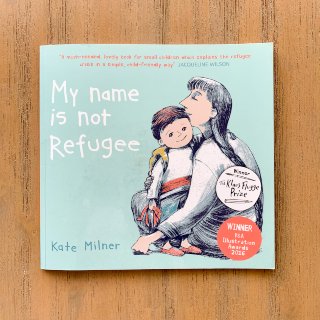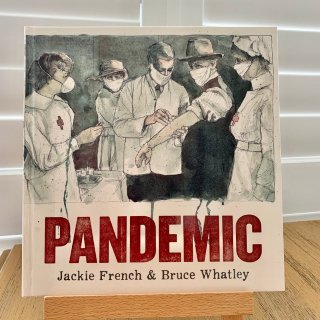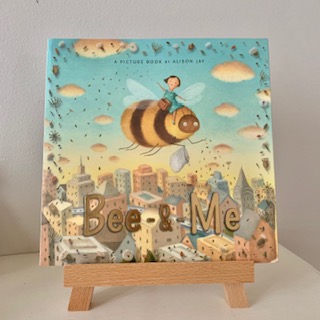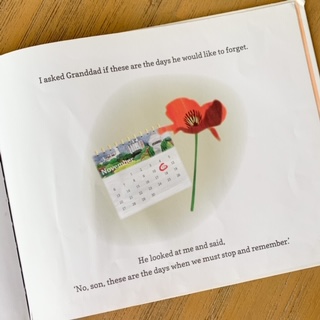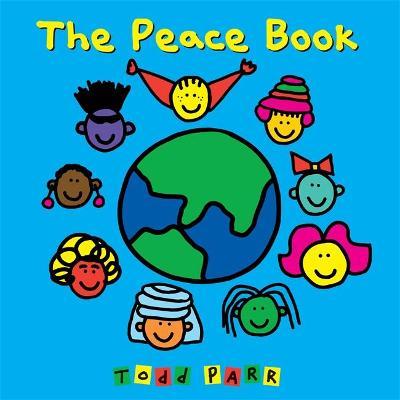Flight
Free lesson plan, writing template and printable word-search puzzles for kids
Best suited to:
Year 3 – 6
KLAs covered:
English, geography, PDH (empathy)
Learning:
- what is a refugee?
- why do people become refugees?
- the journey of refugees: what happens when people leave their homes and seek safety in another country;
- how does it feel to be a refugee?
Need to know:
- the title and the cover illustration suggest that the book will tell the story of the flight into Egypt of Mary, Joseph and Jesus, as it’s told in the Bible. This book is essentially a contemporary version of the Bible story;
- the story follows a young mother, father and baby as they flee an unnamed middle-eastern country on a donkey. They encounter bombing, tanks, thirst and wild animals before arriving in a refugee camp;
- the use of the word inshallah indicates that the family speak Arabic;
- the illustrations are drawn in charcoal so are black and grey, with only small touches of colour. They are initially very dark, as the family escapes during the night, becoming lighter towards the end of the book as they reach the relative safety of the refugee camp;
Discussion Questions (before reading):
- discuss the author and illustrator. Have you read any other books by Nadia Wheatley or Armin Greder?
- what does the title make you think of? Does the word flight have more than one meaning? Revise the meaning of the verb flee;
- discuss the cover. Where do you think the book might be set? What makes you say that? When do you think the book might be set: in modern times or long ago?
- discuss the colours that the illustrator has used on the cover. How does the illustration make you feel?
- what do you think the story will be about? What do you see that makes you think that?
- what kind of story do you think this will be? Do you think it will be a funny story or a story to make you think?
Discussion Questions (after reading):
- what did you think about the story? Did you like it? Why or why not?
- setting: when do you think the book was set? Do you think it was set a long time ago or in recent times? Why do you think that? Does the time period change as the story goes on? When does the reader become aware of this shift in the story’s time-frame?
- how many nights and days are there in the story up until the time the family arrives at the refugee camp? How does time progress in this story? (most of the book describes two nights and days but the final two pages describe several years in the refugee camp);
- setting: where do you think this story is set? What do you see and hear that makes you think that?
- what is the landscape the family travels through like? (flat/hilly, desert/forest, etc). What other features can you see? Is the weather hot or cold? What sounds do the man and woman hear?
- the story is told in the present tense. Why do you think the author chose to do this? What is the effect of using the present – rather than the past – tense? (makes the story seem more urgent, as if it’s happening now);
- why do you think the author has chosen not to name the people in the story? What is the effect of doing this? (possibly because it’s a story that belongs to all refugees);
- what difficulties does the family face during the journey? Why is losing the donkey such a problem? (the donkey carried most of their water);
- the young woman and man don’t seem to talk very much. Why do you think this might be?
- how do you think the man and woman feel during their journey? Do you think each feels differently? How does the baby feel? Why do you think that?
- what differences do you think there are between the characters of the young woman and the man? Do they have different roles and priorities during the journey?
- illustrations: what medium do you think the illustrator has used? How has he used colour to set the mood of the story?
- does the story remind you of any other story? (text-to-text connections);
- what do you think is the message the author wanted to convey with this story?
- what do you think might happen to the family?
Activities
In pairs or in small groups, children brainstorm and make notes about the different roles, priorities thoughts and worries the man and the woman might have had during the journey:
- individually, children rewrite the story in the first person from the point of view of either the young woman or the man;
- as a class, discuss the things they should remember when writing in the first person (use of the pronoun I, talking about own feelings, etc);
- they choose whether to write in the past tense or in the present tense but may need reminding that, whichever they choose they should ensure they’re consistent;
Years 5 – 6 Research Activity (computers required):
1. Show the children the final double-page spread of the book. Discuss the fact that the story ends when the family arrive in a refugee camp.
- How long are they there for? How do you know?
- What can you tell about the refugee camp from the illustration?
- Where do you think the refugee camp is located?
2. Tell the children that refugee camps have existed in the world for centuries, especially during and after wars. There were many refugee camps in Europe after World War II and there are many refugee camps in the world today.
The United Nations High Commissioner for Refugees (UNHCR) is a UN agency mandated to aid and protect refugees, forcibly displaced communities and stateless people, and to assist in their voluntary repatriation, local integration or resettlement to a third country. The UNHCR gathers a lot of information and data on the refugee situation throughout the world.
3. As a class, watch this clip about Syrian refugees in Serbia and Croatia (2:28mins). The clip dates from 2015 but the situation remains the same in 2021 for the Syrian refugees who live in refugee camps in various countries. The clip shows the actual journey that many refugees have taken: walking long distances, often in bad weather, with only the possessions they can carry.
4. Tell the children they are going to research the refugee camps which are operating in the world today. Lead a brief discussion to discover any prior knowledge of refugee camps.
- Where in the world do the children think refugee camps are situated?
- How big are the camps?
- What happens in a refugee camp?
- How long do families remain there?
- Where do people go when they leave refugee camps?
- What are some of the problems people encounter in the camps?
Children can work in small groups, pairs or individually. You can assign each group one of the following websites or videos to investigate. Alternatively, the children can look at all of them or choose one or two to investigate. Children answer the questions above and, if time permits, can report their findings to the class.
Whatever you choose, you might like to have the children investigate this website first. It is an interactive site which gives basic information about the 10 largest refugee camps in the world:
Websites for Research
Your free, printable word-search puzzles and writing template
These free, printable word-search puzzles for kids are great for building and reinforcing the vocabulary used when discussing Flight. They’re especially helpful for EAL/D students.
There are two different puzzles in this file to enable you to differentiate the activity according to the learning needs of your students.
Download and print our free writing template for use with the picture book Flight here (PDF).


